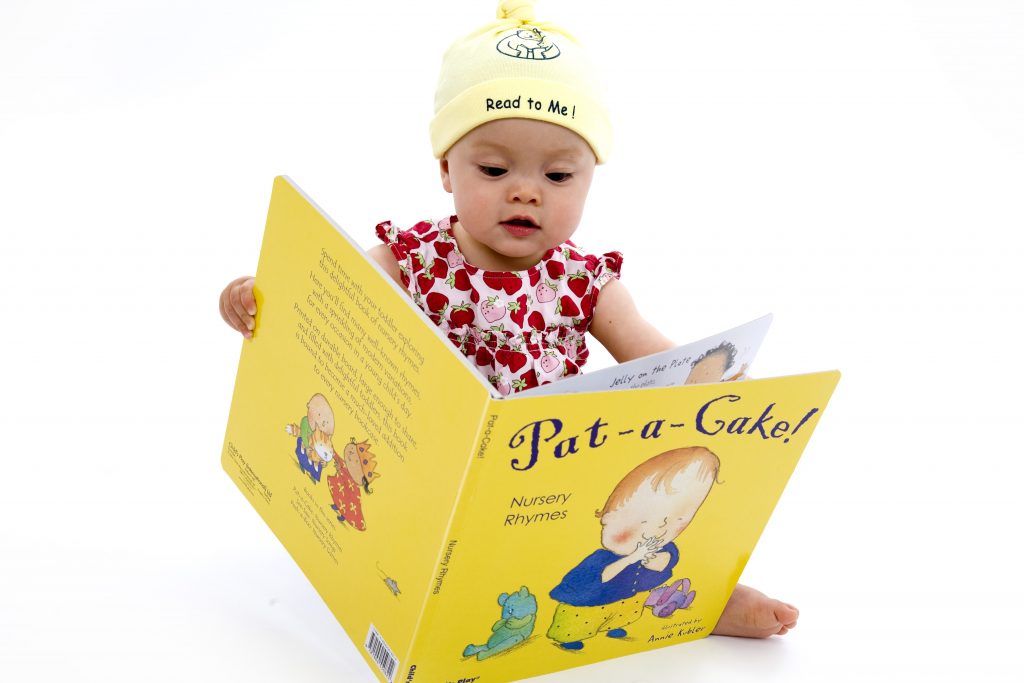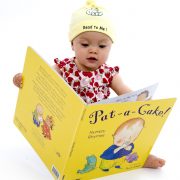Singing nursery rhymes and lullabies to young kids and toddlers can help develop their language and communication skills from an early age. It helps them to learn new words, develop children’s social skills and also create strong bonding between parents and their children.

While many parents sing these rhymes and songs, most of them don’t know the true stories and meanings behind these songs. Some of the Nursery Rhymes with its origin and history are as follows:
- Ring-A-Ring-O-Roses: Typically this song is thought to be about children dancing and singing around a rose bush, but this rhyme is reportedly originated in 1790s and is about Black Death of Europe. The “Rosies” refers to the red rash, which is a symptom of the plague and “Posies” refers to the medicinal plants that were kept in the pockets of the victims to keep diseases away. “Atishoo” refers to the sneezing, which is another symptom of plague and song end with “We all fall down” which implies the death by the plague.
- Jack and Jill: This rhyme was originated in a small village Kilmersdon, England. According to this village, the trivial legend of Jack and Jill, an unmarried couple claims the pair went up the hill and they “fetch a pail of water”. Shortly after Jill fall pregnant, the rock hit Jack’s head and eventually “broke his crown”. “And Jill came tumbling after” depicts the theory that Jill died after giving birth. Even in the village today, there is path running up the hill with several stones quoting the rhyme.
- Baa Baa Black Sheep: The earliest publication of the poem is dated 1744 but scholars believe that “Black Sheep” refers to the political satire of wool tax in Britain in 1275. Also the rhyme refers to racial connotations -“one for the master “,”one for the dame” and “one for the little boy who lives down the lane” refers to the upper class, the noble class and the poor.
- London Bridge is Falling Down: The nursery rhyme is based on of the most famous landmark in London. Much of the lyrics describe how many attempts were made to rebuild the bridge. Its history can be traced to Roman occupation of England in 1st century, where the London Bridge was made of wood and clay. Many disasters stuck the bridges- Vikings invaders destroyed the bridge in 10th century, many fires broke out on the bridge. Due to this they were re-built with various materials that are mentioned in the nursery rhyme.
- Humpty Dumpty: This term was used in 15th century for describing someone who was obese. But Humpty Dumpty was believed to be a large cannon that was used in English Civil War in the Siege of Colchester. A shot from opponent’s cannon succeeded in damaging the wall beneath Humpty Dumpty that caused the cannon to tumble. “All the King’s Horses and “All the King’s Men” couldn’t raise the cannon as it was so heavy and eventually lost the siege.

